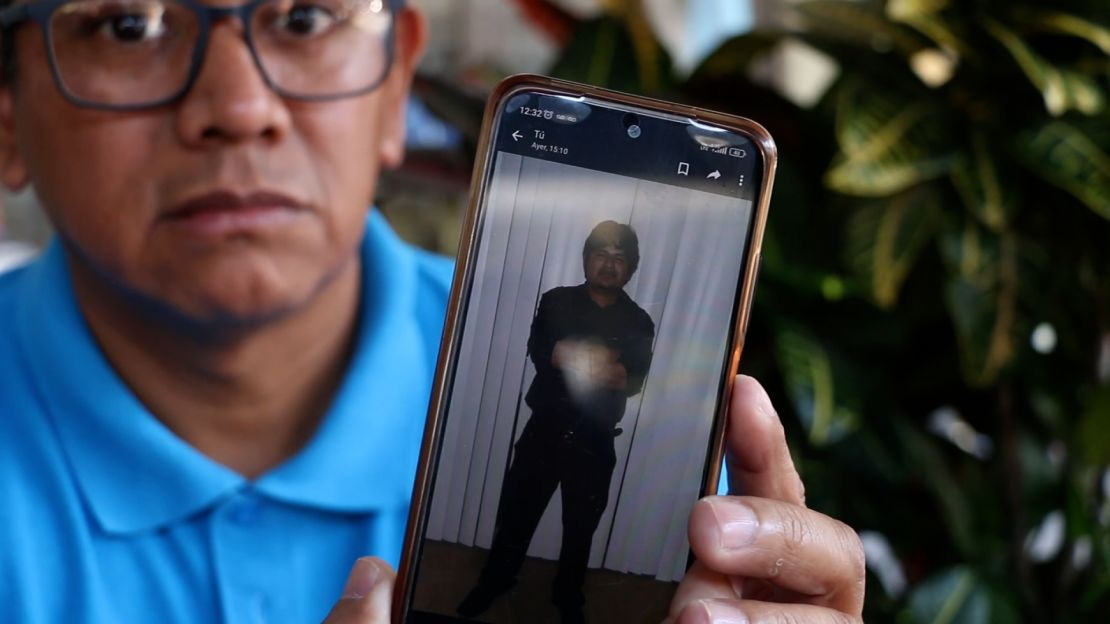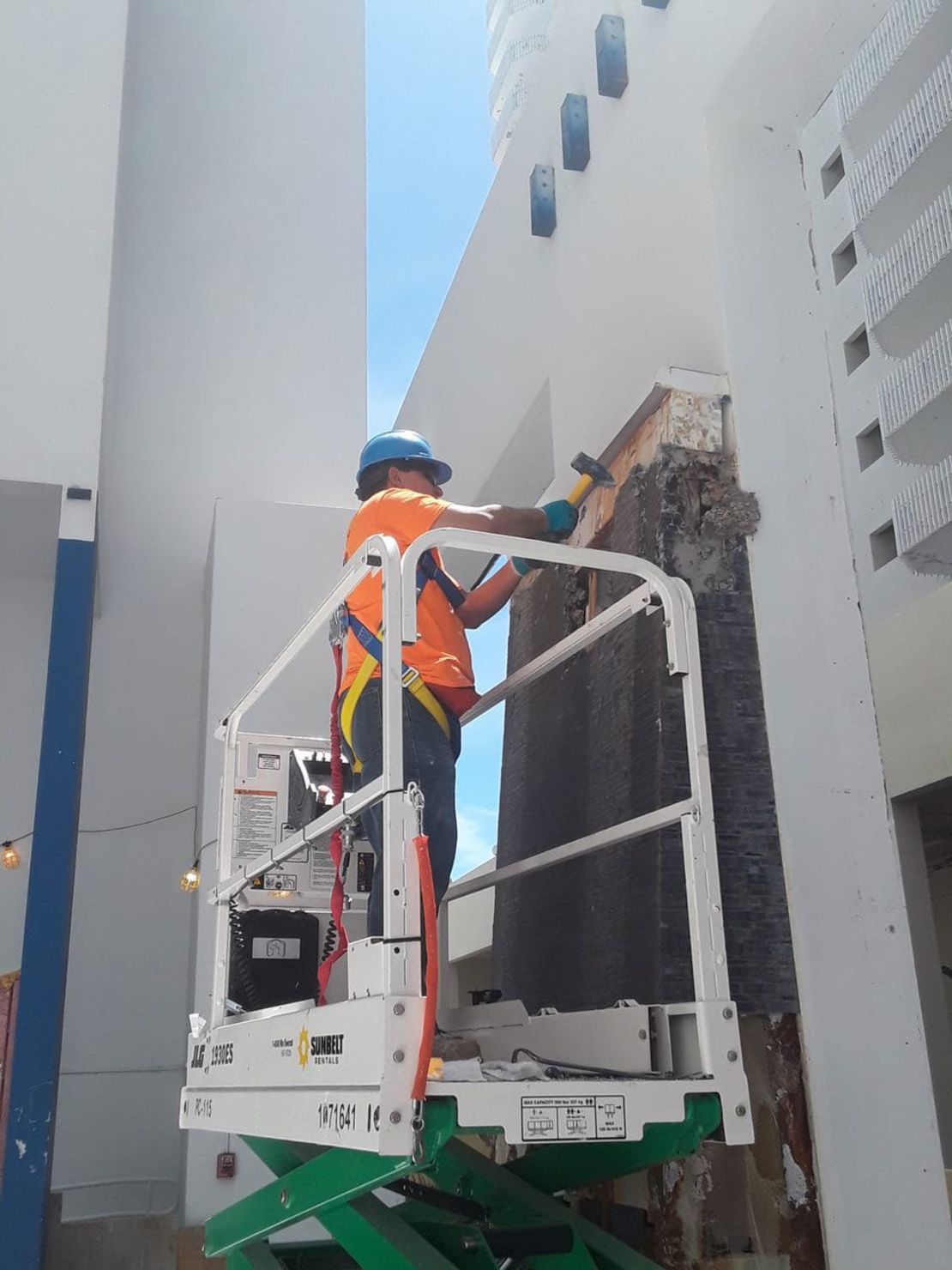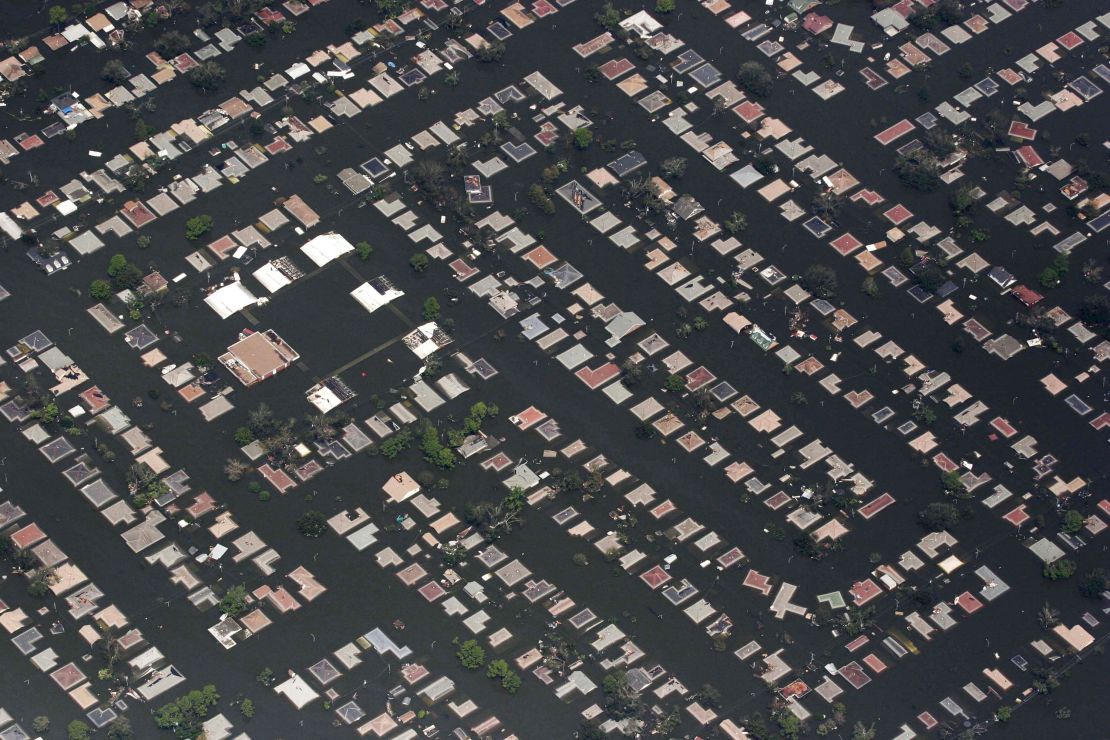A group of six Latino immigrant workers fell to their deaths while working on Baltimore’s doomed Francis Scott Key Bridge last week. When construction begins to rebuild it, more Latino immigrants will almost certainly join the effort to reopen the crucial transportation artery.
Latino workers make up about a third of America’s construction industry, according to the Bureau of Labor Statistics, a huge overrepresentation considering they make up just 19% of the overall American population and 17.6% of its workforce. More than two-thirds of Hispanic construction workers in America are foreign born.
For the millions of recent Latino immigrants in the US, construction jobs have low barriers to entry and the openings are plentiful. Stable construction jobs can also allow a path to upward mobility.
“We’re not just here trying to change our lives and achieve our goals and dreams. It’s also everyone we have left behind in our countries, we sustain them, we help them,” construction worker Reinaldo Quintero said to CNN. “We are the ones people call when they’re sick, when they can’t afford food.”
That’s why, from immediate disaster response like Hurricane Katrina in Louisiana and Hurricane Ian in Florida to longer-term reconstruction, Latino immigrant workers flow in to help rebuild communities. These laborers perform a variety of jobs throughout the country. They rake out heaps of debris from flooded homes, tear down moldy drywall, rebuild streets, reconstruct residences and repair faulty electrical wires — and when it’s time, they’ll likely help rebuild the Key Bridge.
The Key Bridge workers, who hailed from Mexico, Guatemala, El Salvador and Honduras, represent what has become the face of construction in the United States, a career that has become unpopular among many Americans. Foreign-born workers eager for jobs often perform dangerous yet crucial work, building everything from roads and bridges to houses and skyscrapers across changing city skylines.
Construction industry experts say the US needs to allow more legal immigrants to enter to fill a crucial labor gap. But illegal border crossings and immigration have become a hot-button political issue during the election year, turning sentiment and policies against much-needed legal immigration. The population of skilled laborers is aging, and the construction industry says young people are pushed to prioritize college, leading to a shortage of workers. While foreign-born laborers fill a critical need in the construction industry, they often face exploitation and higher rates of death on the job.
For the workers paid to rebuild the bridge, the job will be grueling — and dangerous.
Construction crews potentially working on bridge repairs this summer will be “doing it in record-breaking heat and under hazardous conditions,” said Saket Soni, executive director of Resilience Force — a group that highlights the work of migrant laborers after natural disasters strike. “And when the job is completed, they will not get the recognition they deserve.”
Resilience Force is not involved in discussions regarding the Francis Scott Key Bridge’s repair.

Work-related deaths among foreign-born Hispanic or Latino workers rose to their highest level in 2021, according to the most recent Bureau of Labor Statistics data. Fourteen percent of all work-related fatalities in 2021 were foreign-born Hispanic or Latino workers, and most of them worked in construction.
Soni said there isn’t enough protection for these workers. When they report abuse — such as working without being provided with proper safety equipment — contractors can retaliate. Plus, these workers are often without the safety net of health care or a union contract.
“Sometimes even our wages are at risk because there are not always laws and regulations in place to protect our earnings or guarantee our safety,” Quintero, a construction worker who is part of Resilience Force, said.
New York City is one of a handful of municipalities that require strict safety training for workers looking to enter the construction industry. Despite the stringent requirements, the number of construction-related deaths remains stubbornly high in the city.
A recent report by the New York Committee for Occupational Safety and Health found 24 construction workers died in New York City in 2022 — an increase of 20% compared to the previous year. “Construction work is especially deadly for Latinx workers, who make up just one-tenth of the workforce, but one-quarter of deaths on the job,” the report found, suggesting those workers are doing the dangerous labor. The agency’s reports also “consistently show” that Latino and/or immigrant workers are less likely to report employer health and safety violations.
Despite New York City’s industry safety standards, the report noted a reduction of inspections and agency enforcement as deaths have increased. CNN has reached out to the New York State Department of Labor for comment but did not hear back. The statistics did not distinguish between foreign-born and US-born Latinos.
It’s not just workers who do the larger disaster response projects, like bridges or other major infrastructure, either. Workers on smaller-scale housing and small commercial projects are also at risk.
“The sectors matter. Single-family housing is not a good place to work. The wages are awful and safety requirements are almost nonexistent because it’s, ‘build them as fast as you can and make as much money as you can,’” said Sean McGarvey, president of North America’s Building Trades Unions, an umbrella organization that represents 3 million workers across the United States and Canada.
Residential construction is rising in urban and rural areas alike, said Ligia Guallpa, executive director of Worker’s Justice Project, a New York-based group that helps migrants obtain work authorization.
“But what we have seen is that many of these jobs are turning to be non-unionized jobs and more and more of these jobs are being done by developers who are willing to reduce their labor costs by hiring the most vulnerable workers,” she said. “That means hiring workers without training, by underpaying them and even turning to classifying them as independent contractors.”
In the seven years that Quintero has been in the United States since leaving Venezuela, he has planted trees, cleaned up flood zones and rebuilt homes. He crisscrosses the country traveling to where urgent work is needed.
Quintero sees himself in the victims of the Francis Scott Key Bridge collapse.

“Undoubtedly, the first thing that went through my mind was that this could have been any one of us,” Quintero said of the bridge collapse.
While training and protections likely could not have prevented the deaths of the workers on the Baltimore bridge, Quintero said the tragedy was a reminder of the immense risk some migrant construction workers take every single day, heading out to perform dangerous but essential jobs.
“I would tell anyone who is a worker and will end up working on a new bridge or is out there now that sometimes we want to give it our all, but sometimes we have to stop to love ourselves and protect ourselves more,” he said. “We have to ensure our safety when others won’t, because we mean something to our families and our loved ones, even if we don’t mean much to people who hire us.”
A race to meet demand
As demand for legal construction workers continues to outstrip supply in large cities, small community groups like the Worker’s Justice Project — which has been responding to a recent increase in migrant arrivals in New York — are racing to meet the need.
Guallpa, said migrants who qualify and obtain working authorization are eager to enter the workforce but unable to do so without the proper certifications. To help them transition into stable jobs, Guallpa’s group offers free Occupational Safety and Health Administration training and certificate courses. She says they can barely keep up.
“Every month, every training has a maximum space limitation of 40 people. But every month we register at least 500 people and we can only provide space to 40,” Guallpa said.
During a recent training, Guallpa said the fatal accident in Baltimore was a topic of discussion as future workers moved through their training hours in hopes of landing a job.
“These Latinos were doing a job on a bridge. It is not a coincidence, it shows that Latinos are in every sector of the economy and construction happens to be where we are continuing to grow,” she said.
Whenever there is a hurricane, tornado or wildfire, immigrant laborers are on the frontlines of recovery and rebuilding, Soni said. Most workers with Resilience Force have worked a dozen or so natural disasters, especially as the frequency of these events increases due to climate change.
The disasters can change the fabric of the community. After Hurricane Katrina devastated New Orleans in 2005, thousands of Mexican immigrants arrived to help repair the city’s infrastructure and work in exposed, dangerous conditions. Those same workers tend to follow one disaster to the next, often ending up in places like Texas, North Carolina or Florida.

Between 2000 and 2010, the Mexican population in New Orleans nearly doubled to roughly 15,000 people, according to the Historic New Orleans Collection, which linked that increase directly to Mexican workers who arrived to rebuild the city after Katrina.
The problems and dangers that immigrant workers face today are not new. A 2005 New York Times report described makeshift camps the post-Katrina workers lived in, doing the dirtiest cleanup work for the lowest wages and facing hostility from some in the community for taking those jobs.
“This is the great American paradox of the moment,” Soni said.
Today, such workers are needed more than ever in states that are afflicted by natural disasters, such as Florida’s hurricanes. But while homeowners are in desperate need of laborers to rebuild, Gov. Ron DeSantis’ hardline on immigration in Florida deters workers, preventing a fast recovery in hurricane-hit places like Fort Meyers and Panama City, Soni said. CNN reached out to DeSantis for comment but did not hear back.
Read the full article here




